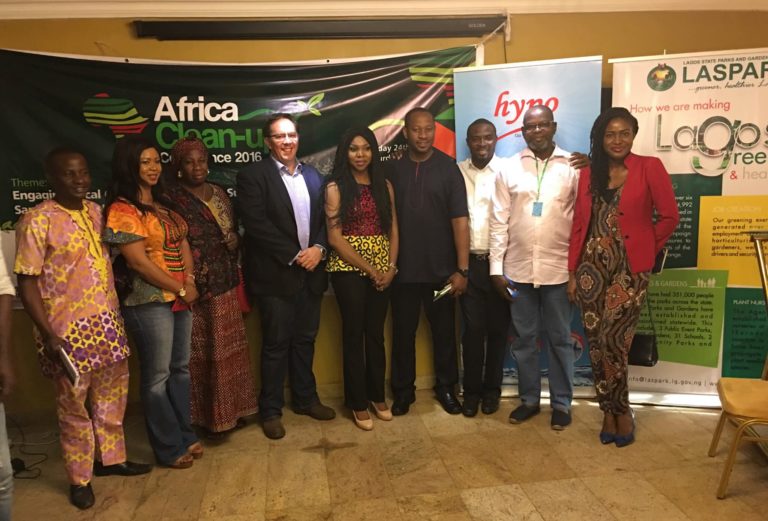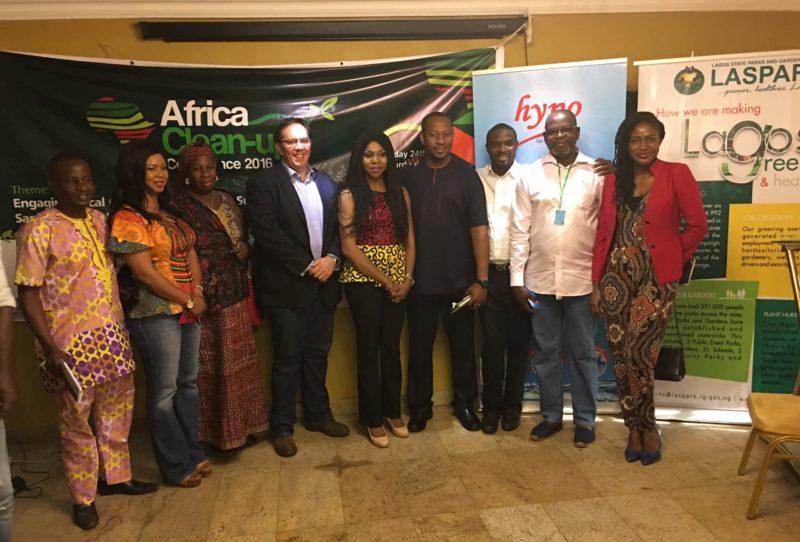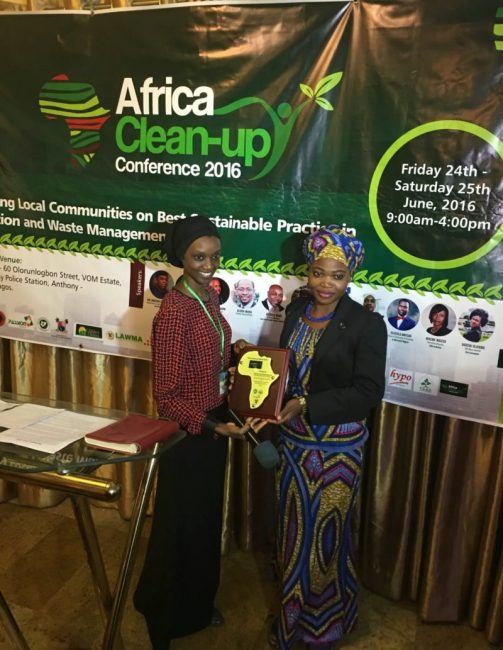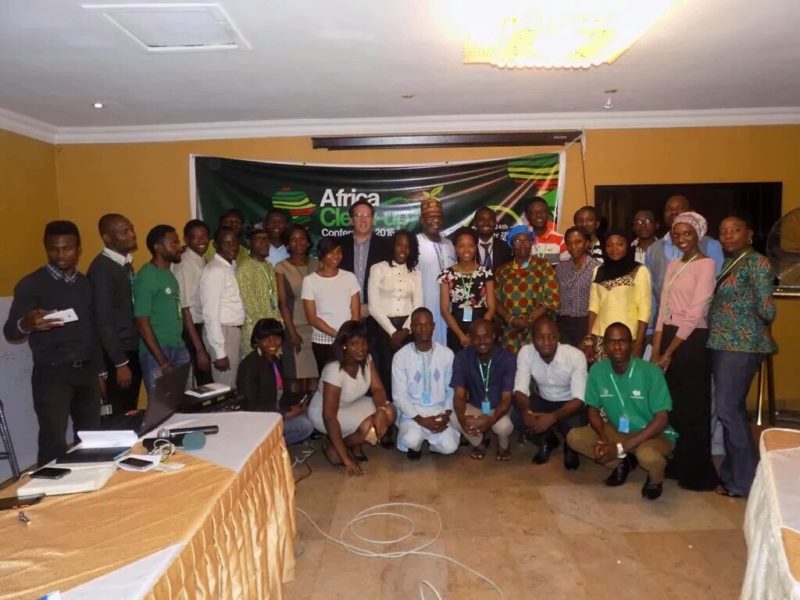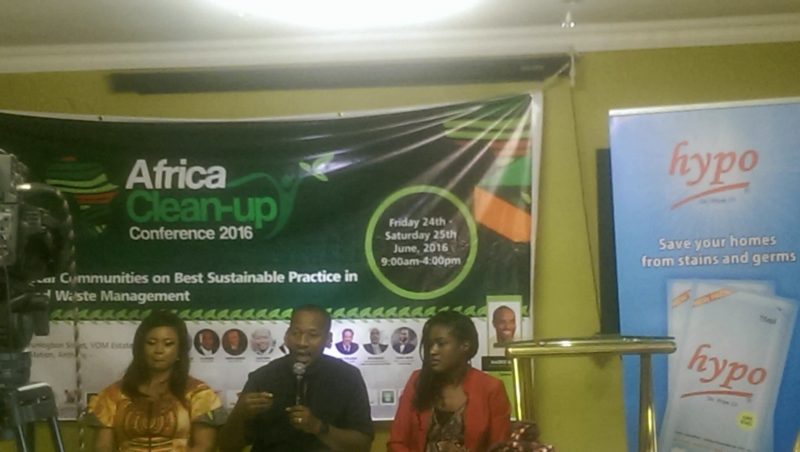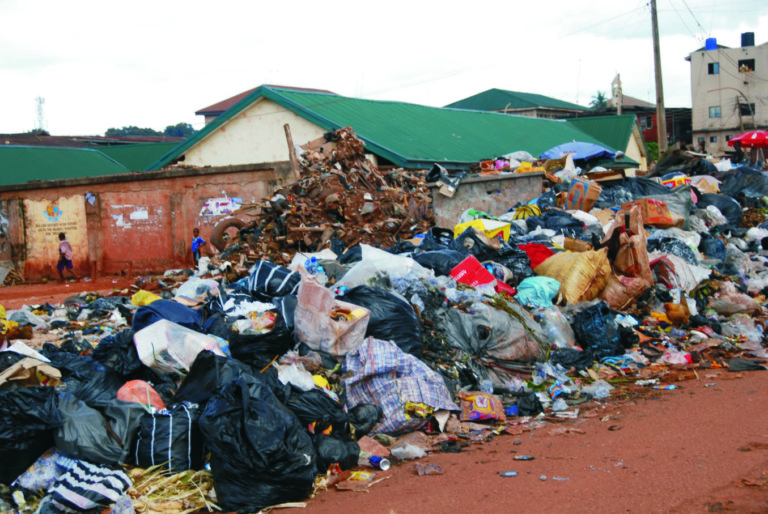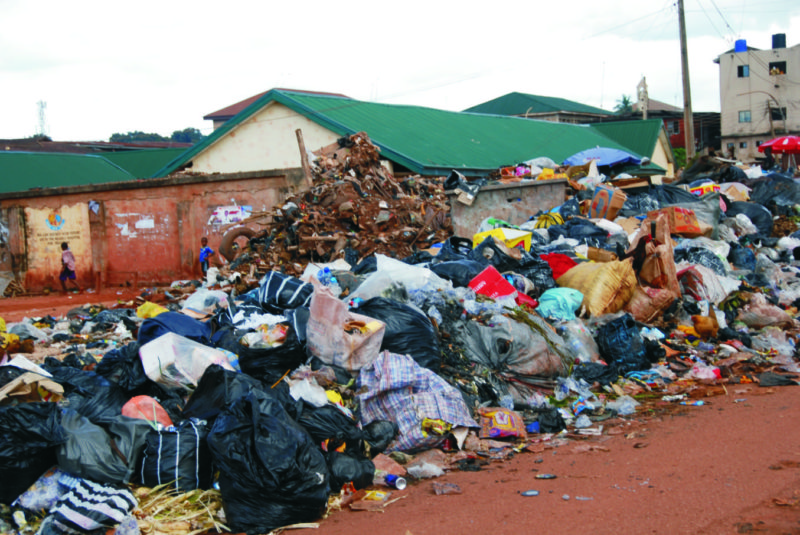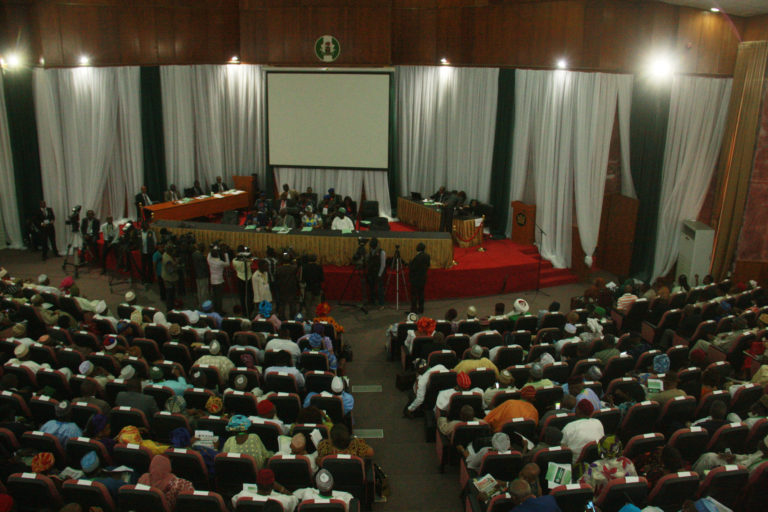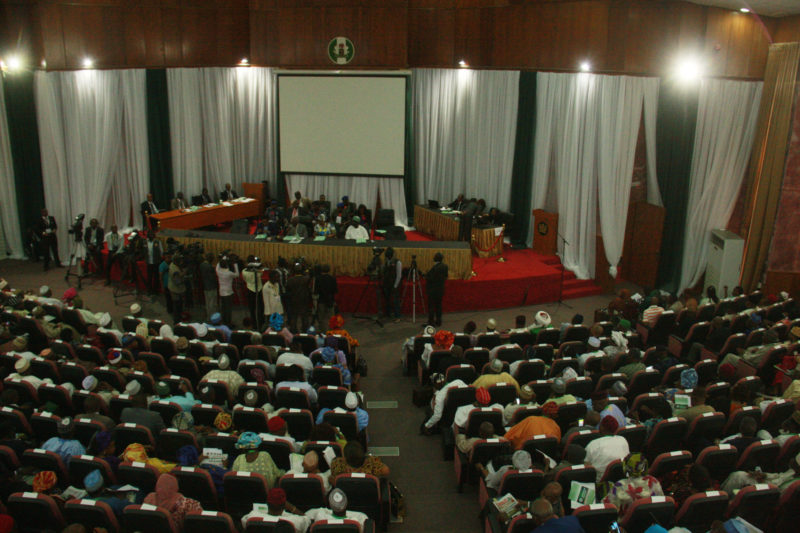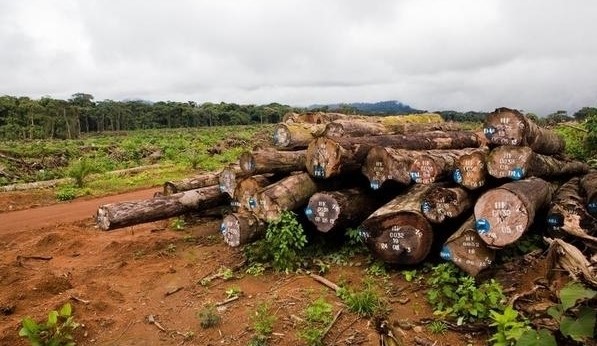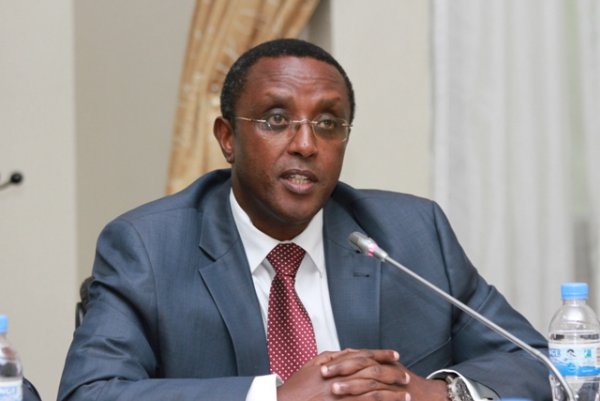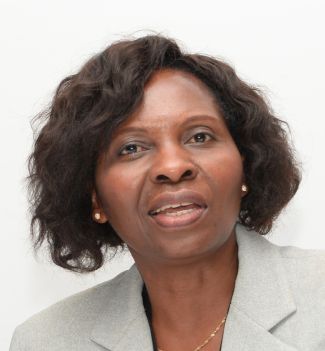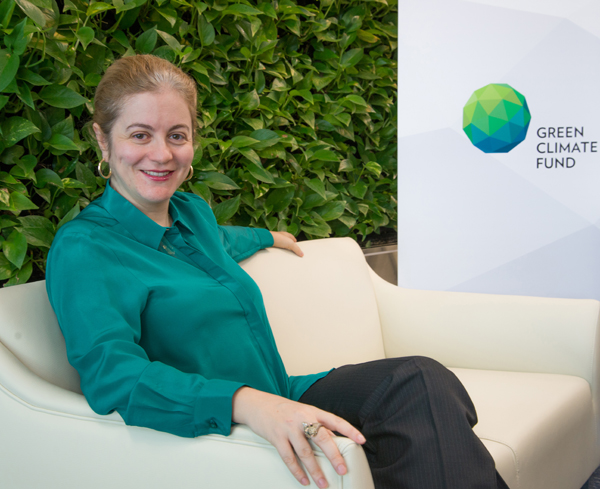A tortoise, aged 135 years, has been found in a private zoo in Ikorodu, Lagos State.

The good, old tortoise of about the size of a microwave was able to crawl with a woman weighing about 82 kilogrammes on its back.
“It’s age is determined by counting the lines on its shells,” says one of the zoo attendants.
The massive tortoise crawled about freely on the sandy surface just like other younger ones, not minding the huge human presence at the zoo.
Children were particularly excited about the old tortoise as well as two prayerful Chimpanzees which were performing acrobatics and shaking hands with visitors.
“I love the tortoise. Daddy said it’s the wisest animal on earth,” says an excited seven-year-old boy who sat on the back of the tortoise together with his sister.
Other creatures at the zoo include a lion, two crocodiles, monkeys, peacocks, porcupines, an hyena, a jackal and an ostrich.
Owner of the zoo, Prince Abiola Kosoko, says plans are being made to move to a more spacious environment that will accommodate more animals such as elephants, zebras and gorillas which, according to him, have already been acquired.
“We have the animals, but the challenge now is land where we will keep them. As you can see here is small. It can’t contain the animals,” he explains.
“We have approached the Lagos State Government for a land. But the amount they are calling is too much. They are demanding millions of naira which we cannot afford.”
Prince Kosoko appealed to Lagos government to be of help by providing the land for the project, so that some endangered species the zoo harbours would be saved from going into extinction.
His words: “The state should assist us. That is the only way we can preserve these animals. Most of them are seriously threatened and would go into extinction if efforts are not put in place to preserve them.”
When asked how lucrative the business is, Prince Kosoko replied, “What we do, we do out of passion. We are not making any gain. But indeed, this is a multi-billion-naira project. However, beyond the profit, we should save the animals from extinction so that the we would have something to leave behind for the coming generations.
“Aside the care, the monetary involvement in feeding the animals is the greatest challenge of running a zoo.
“They eat a lot and if you do not feed them well enough, they begin to lose weight, look unkempt or even die. So we spend a lot just to feed them.”
Visitors to the zoo per head are charged a fee of N500 to gain entrance.
But the zoo’s receptionists who sold entry tickets said the cost of entrance might change when the facility relocates to bigger place.
“The price will definitely change. It may double or thereabout. I cannot say until then. The place we are planning is much bigger. We intend to keep more animals, including gorillas, elephants and zebras. Visitors will have a good experience, but they will pay higher,” he adds.
By Innocent Onoh

